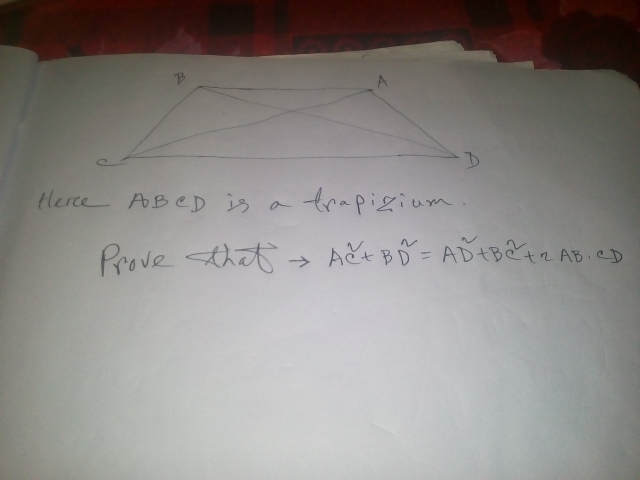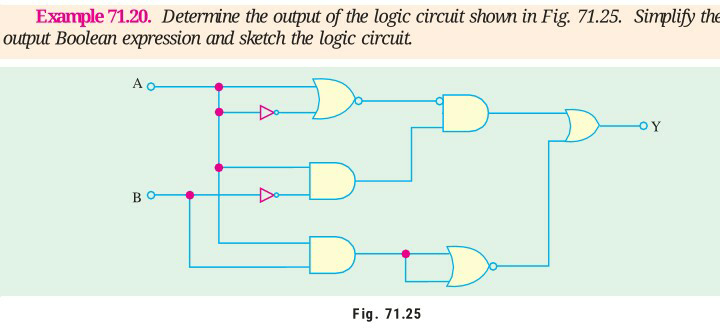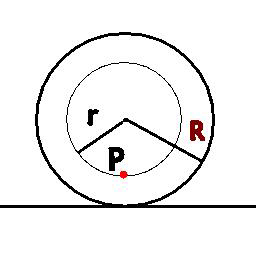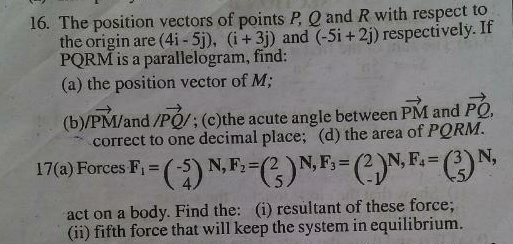
AllQuestion and Answers: Page 1961
Question Number 12326 Answers: 1 Comments: 0
Question Number 12040 Answers: 2 Comments: 0
Question Number 12030 Answers: 1 Comments: 0

Question Number 12028 Answers: 1 Comments: 0
Question Number 12023 Answers: 3 Comments: 0
Question Number 12019 Answers: 1 Comments: 0

Question Number 12018 Answers: 0 Comments: 0

Question Number 12017 Answers: 0 Comments: 0
Question Number 12015 Answers: 1 Comments: 0
$${prove}\:{that}\:{for}\:{all}\:{x}\:\in{R}, \\ $$$${e}^{{x}} \geqslant{x}^{{e}} \\ $$
Question Number 12013 Answers: 1 Comments: 0
Question Number 12008 Answers: 1 Comments: 1

Question Number 11998 Answers: 0 Comments: 4

Question Number 11994 Answers: 0 Comments: 1
Question Number 11991 Answers: 0 Comments: 0
Question Number 11988 Answers: 2 Comments: 3

Question Number 11987 Answers: 1 Comments: 0
Question Number 11982 Answers: 1 Comments: 0
Question Number 11977 Answers: 1 Comments: 0
Question Number 11969 Answers: 2 Comments: 0
Question Number 11968 Answers: 0 Comments: 0
Question Number 11966 Answers: 0 Comments: 0
Question Number 11964 Answers: 0 Comments: 0
Question Number 11958 Answers: 0 Comments: 1
Question Number 11956 Answers: 0 Comments: 2
Question Number 11943 Answers: 1 Comments: 0
Question Number 11937 Answers: 1 Comments: 5
Pg 1956 Pg 1957 Pg 1958 Pg 1959 Pg 1960 Pg 1961 Pg 1962 Pg 1963 Pg 1964 Pg 1965
